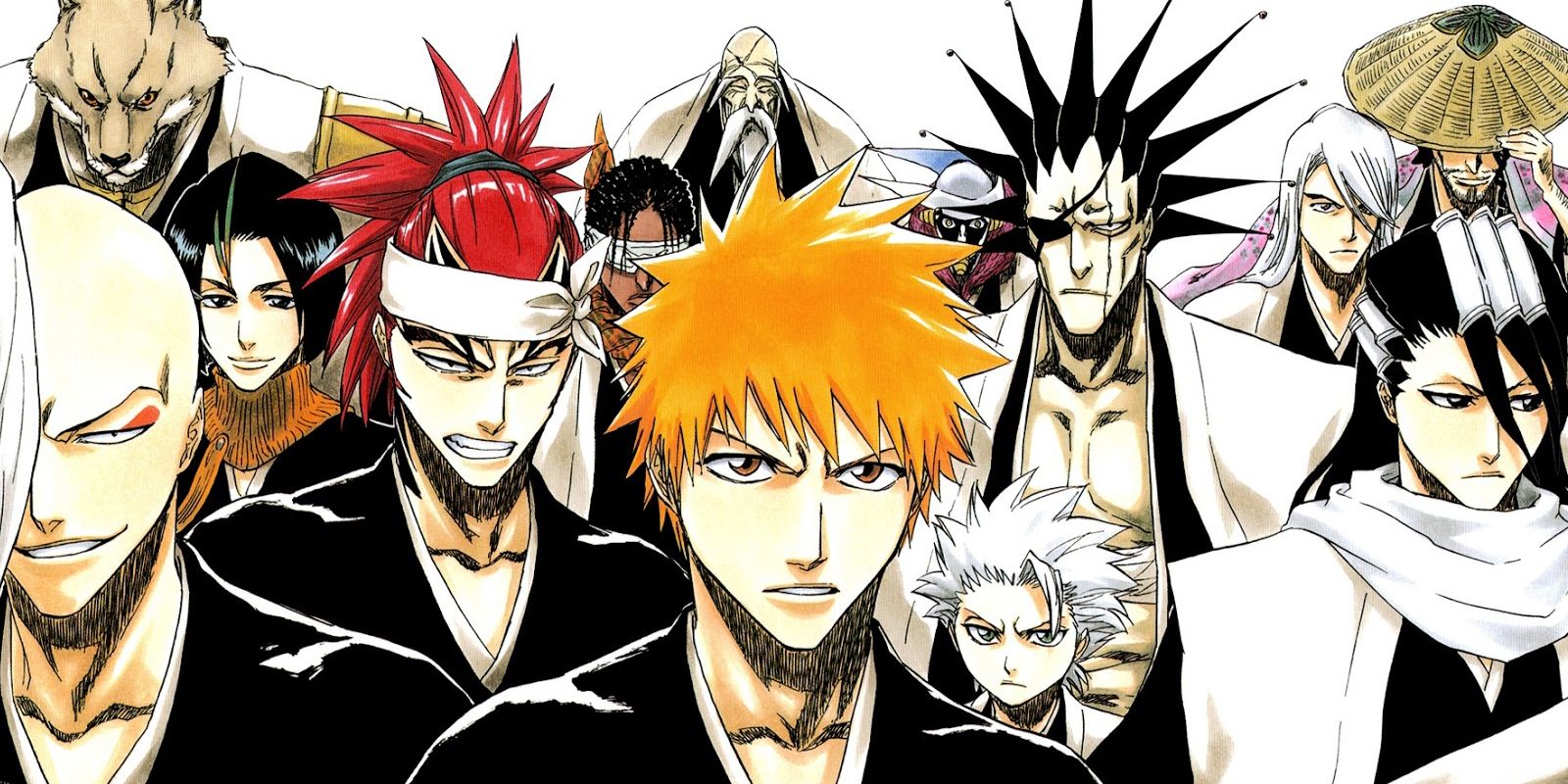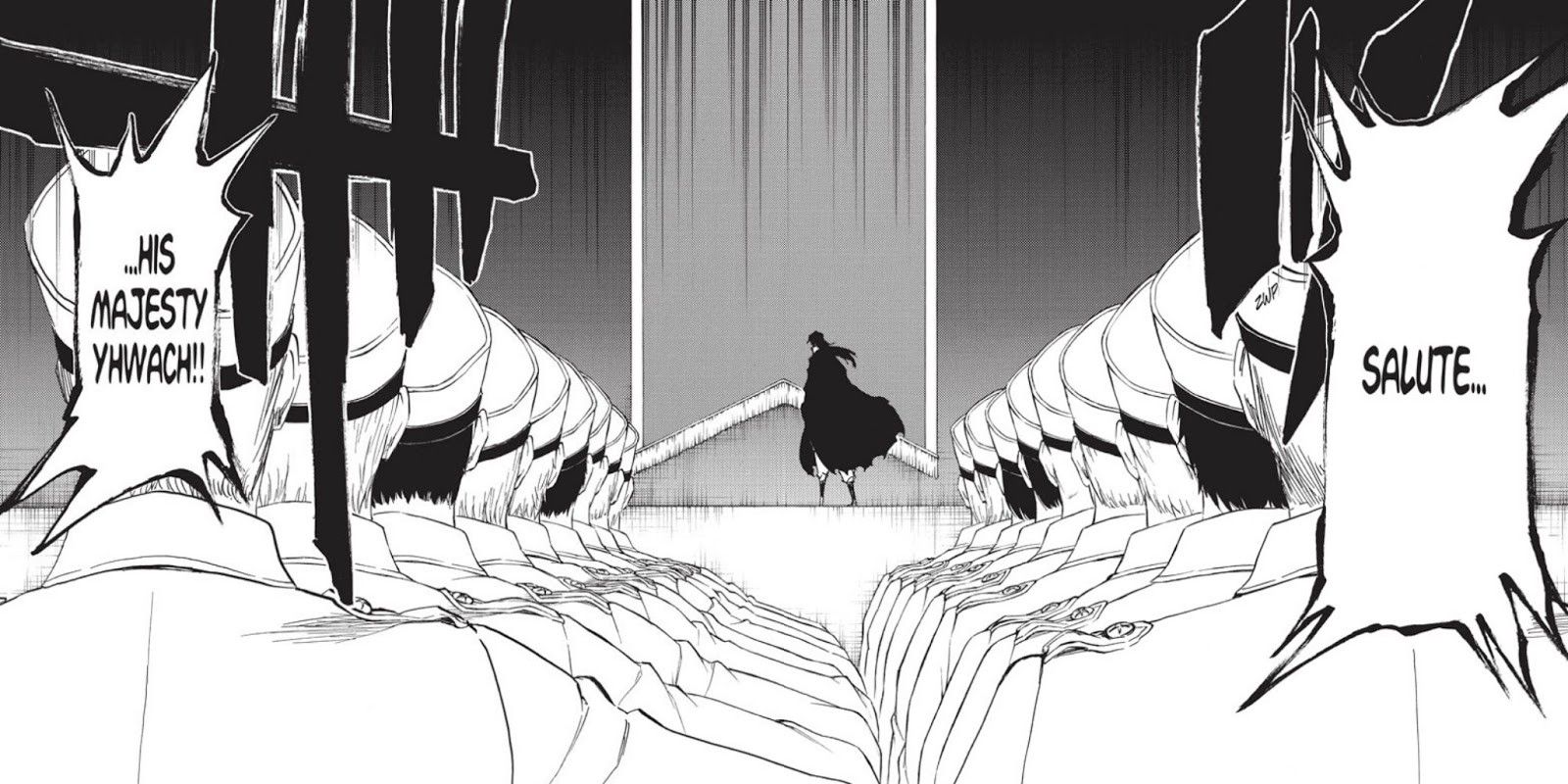
Some have said about Bleach, as it has been said about all of the Big Three from time to time, that it ran for too long. But that does not necessarily mean that the mangaka had the time to reach a conclusion that most, if not all, fans would be happy with? Bleach was great when it comes to creating new worlds, as well as when it comes to building up tension. But the defeat of the final villains, the Wandenreich, and the hasty conclusion left many fans wanting. So, did it run for too long or should it, in fact, have kept going for longer?
At some point, rumor had it that Bleach creator Tite Kubo was pressured into finishing the manga too fast by the manga's publication, Weekly Shōnen Jump. But that turned out not to be the case, at least not exactly. Some have connected his declining health at the time with the abrupt end of the manga, but that was also not really the case. He did state in an interview that he was tempted to finish the manga earlier, but he resisted that and kept going. He also clearly expressed that he ended the manga exactly as he had intended to and he seemed satisfied with the results. Nevertheless, the fact remains that the manga ended suddenly, with many a plot thread was left hanging, and many a reader dissatisfied.
So, what did Bleach’s final arc get right? First, the time skip: Everyone ended up with the person they were meant to be with and they got the happy lives they deserved. Rukia and her childhood friend, Renji, were at last together with a daughter and Rukia received a well-deserved promotion. Ichigo and Orihime got to be with their families in the human world and also start a family of their own while leading a tranquil normal life. Back in the Seireitei, order was restored, new captains were assigned, and peace returned. The ultimate fates of several characters were also revealed.
What else did it get right? Numerous Bankai that fans desperately wanted to see were unveiled at long last (i.e., Kenpachi’s, Urahara’s, Rukia’s etc.). Many characters matured and evolved even more and their arcs came to a satisfying conclusion; e.g., Byakuya showed his sensitive and emotional side and he really connected with his sister more. Renji revealed his deep loyalty and friendship to Ichigo. Ishida showed the lengths he was willing to go to to save everyone by turning himself into a despised traitor in the eyes of his friends and sacrificing his safety in the process. All that was great.

And that was, in a peculiar way, the issue: so much time was devoted to so many characters and so many plotlines that there was not a chance to truly explain in accordance to the pre-established rules how a person like a Yhwach could be defeated. He had been so overpowered, so hyped up, that Kubo had to come up with a rushed deus ex machina, Still Silver, to bring him down. He had the power to see all possible versions of the future and alter it, even futures in which he dies, and he was stopped by that? He couldn’t have predicted it? As a plot device, it was introduced in chapter 682, a mere four chapters before the final one. The same hastiness occurred with Tsukishima who showed up out of nowhere only in 681 to fix Ichigo’s broken Zangetsu (how convenient).
That is not to say that character development is not important, because obviously it is. But the manga should have kept going and devoted some chapters to offering a legitimate way to beat Yhwach. If one wants to create such a brilliant, powerful, and engaging villain, then they should also come up with a spectacular and plausible way to have the hero emerge triumphant.
from ScreenRant - Feed https://ift.tt/2Npaprq


0 Comments